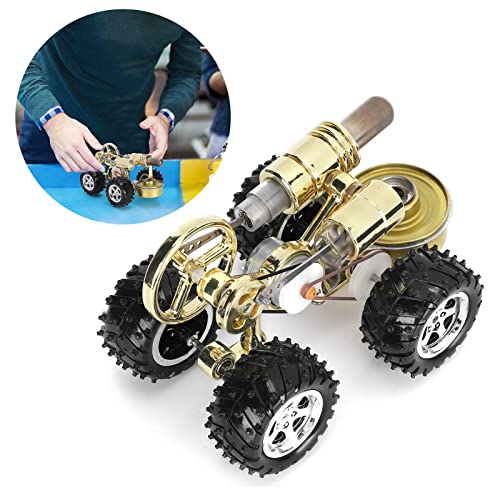I believe what you have is a low tension ignition system common for the period. The system is simply an inductor wired in series with a (typically dry cell) battery going to the stationary point in the head. That point would be insulated from the head and inside the cylinder. The battery would be grounded to the head. When the piston comes up, the contact on the piston makes contact with the wire in the head completing the circuit. The inductor is charged. When the piston moves back down and breaks the contact an arc is generated between the two contacts due to inductive discharge.
I have a make-break inductive ignition on an old marine engine from about 1930's which uses the same principal although the mechanics are different but the two points are inside the cylinder.
I wound the inductor for it from a laminated iron core and several hundred turns of copper wire. You can Youtube search the subject. It's common on many old hit-miss engines before magnetos became popular.
It's a very good system for marine engines because there is no high voltage EXCEPT for what's between the two contacts and they are inside the engine. So you can soak the whole engine even in salt water with no affect.
And yes the arc happens after TDC but - who cares. These engines are typically low revving and mixture is very poor so no need for any advance. They run fine.
Simple is good when your out on the ocean. And this is about a simple as it gets.














![MeshMagic 3D Free 3D Modeling Software [Download]](https://m.media-amazon.com/images/I/B1U+p8ewjGS._SL500_.png)



















![DreamPlan Home Design and Landscaping Software Free for Windows [PC Download]](https://m.media-amazon.com/images/I/51kvZH2dVLL._SL500_.jpg)




























